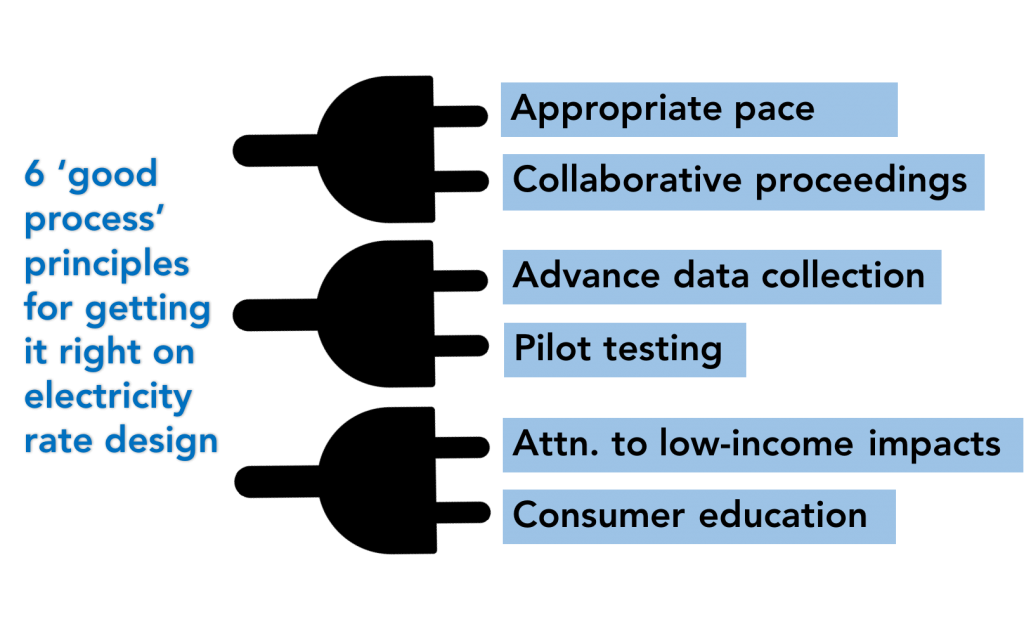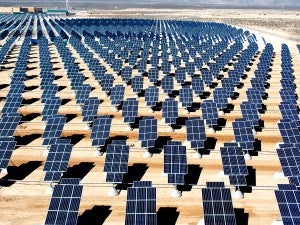 As a former state utility regulator, I know the difficulty of balancing competing interests in making decisions and communicating those decisions to constituents. Solutions deemed “fair” by some parties may have harsh or unintended consequences for others.
As a former state utility regulator, I know the difficulty of balancing competing interests in making decisions and communicating those decisions to constituents. Solutions deemed “fair” by some parties may have harsh or unintended consequences for others.
This challenge of balancing competing interests is playing out with the current debate on electricity rate design as the system struggles to deal with the impact of new, distributed forms of energy like rooftop solar. From Nevada and Arizona, to Kansas and New Hampshire, we’ve seen these debates leave the hearing rooms of public service commissions and enter the public arena. Increases to fixed charges, changes to net metering, demand charges, time-of-use rates, minimum bills, or a combination of these options, are just some of the policies that states have either implemented in response to this debate, or are currently considering.
But many questions remain about the best path forward: What design will adequately compensate utilities for their investments, support the need to upgrade the electric grid, and encourage new technologies and innovation, while being perceived and accepted as fair? To answer these and related questions, a “good” rate design process needs to be put in place – one built on transparency, fairness, accessibility, and accountability. Read More











 By Cloelle Danforth and
By Cloelle Danforth and 
 It’s not usually a good idea to dis federal regulators. FirstEnergy doesn’t seem to care.
It’s not usually a good idea to dis federal regulators. FirstEnergy doesn’t seem to care. What do economists and environmentalists have in common? When it comes to Texas’ energy future, more than you may think.
What do economists and environmentalists have in common? When it comes to Texas’ energy future, more than you may think.